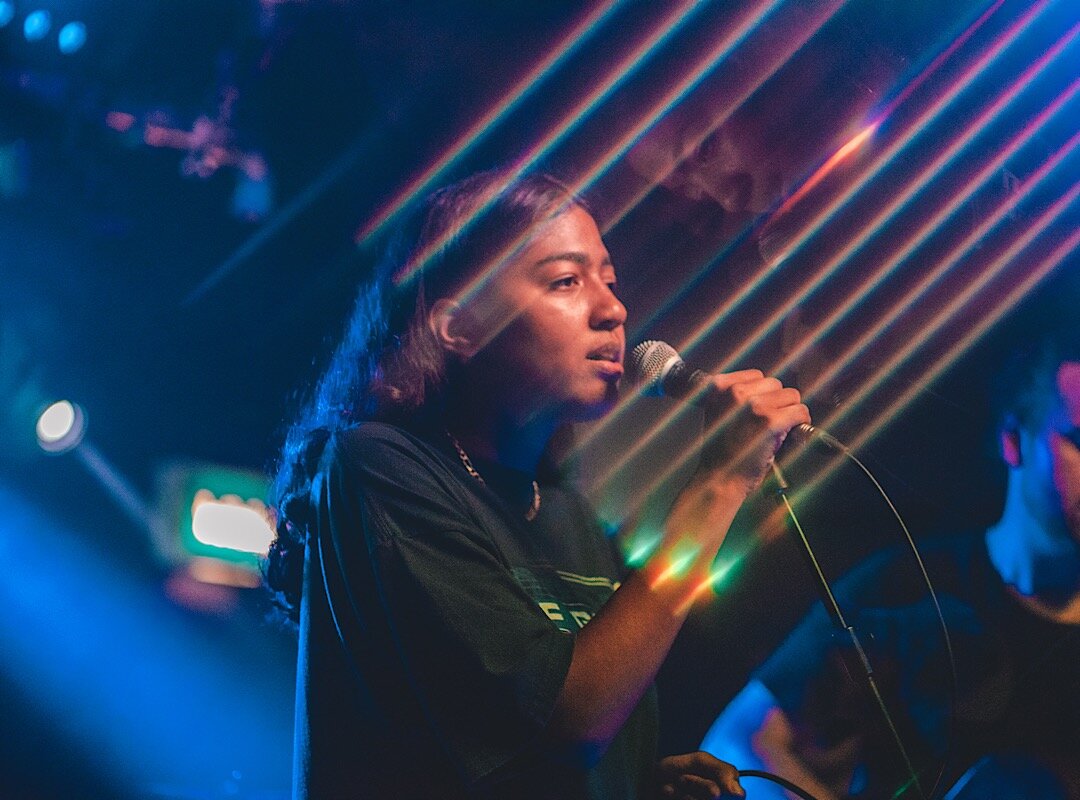If you’re a hip-hop head or simply fascinated with the Verzuz phenomenon of reintroducing legacy catalogs to a global, mainstream stage, you probably watched the legendary battle between rap groups Dipset and The Lox. Verzuz has proven time and time again to be a game of strategy, not hits, and the organization of one’s setlist can make or break your chances of “winning” (as judged by social media, essentially, and by Twitter in particular). In Dipset’s case, their chances didn't break so much as shatter, while The Lox emerged victorious due to their meticulous curation, practice, and the vibes they gave off that said they all still genuinely like each other as human beings.
A high point in the battle was when Dipset’s Juelz Santana, riding high after playing chipmunk-soul laden hit “Oh Boy,” challenged The Lox with taunts about how they only had gruff street tracks, that they didn’t have songs for the ladies. The Lox, flexing their Bad Boy Records-taught A&R finesse, were more than ready to strike back and launched into a medley of their “lady songs,” like “Ryde or Die, B****” featuring Eve, Mariah Carey’s “Honey” remix, Jennifer Lopez’s “Jenny From the Block,” and Jadakiss’ slinky, Neptunes-produced hot girl anthem “Knock Yourself Out.”
A song for the ladies—simply as defined in these battles, not that all rap songs aren’t for ladies!—can be characterized as either a collab with an R&B chanteuse or simply a rap ode to sexiness: a song to grind to, if we want to be frank. Of course, the sociology major in me wants to spend years unpacking the layers of sexuality, race, gender, and culture all tied in up in these standards, but today I’d like to just dig into the subgenre itself.
Today, the singing rapper is a common phenomenon, New York is no longer the nucleus of rap, and so-called street rap has taken an extreme backseat in the music landscape. Today, nearly every rapper has romance in their catalog. But once upon a time, ODB declaring that he and Mariah “go back like babies and pacifiers” wasn't necessarily an obvious fit. And as legacy rappers take the Verzuz stage, a trend seems to be emerging and displaying how we re-evaluate music and shape music history in real time.
Songs for the ladies are often the silver bullet to winning a rap Verzuz battle—take Bow Wow, whose collaborations with Ciara and Omarion respectively on “Like You” and “Let Me Hold You” gave him the edge over Soulja Boy’s viral hits. There is a certain demographic—kids and teens in the early 2000s, but particularly Black girls—that can nail Ciara’s tongue twister of a chorus from “Like You” flawlessly, as if a million dollars was on the line. During the battle, Bow Wow cut the vocals and held out the mic and the ladies did just that (2:20):
I know I just said I wasn’t going to go all sociology major, but the skyrocketing of the nostalgia cache that “songs for the ladies” possess today says a lot about the last decade’s shift from gritty, regionally-specific rap to pop-focused styles and sentiments, and how gendered this shift is. This phenomenon is most clearly crystalized in Ja Rule—clowned for years over his corniness and “pandering” with his poppy, lady-heavy tracks, and his massive takedowns at the hands of 50 Cent and G-Unit hammered home this perception of him as soft and unworthy to be considered a titan of rap.
But today (Fyre Festival aside) he’s seeing a sort of Ja Ruleaissance, being reconsidered through the lens of today’s music standards that are poppier in nature and a direct legacy of his brief but massive run at the top of the rap game. He slaughtered Fat Joe at Verzuz, and the centerpiece of the entire battle was when both men flexed their fan-favorite Ashanti features. But Ja Rule continued with the knockouts via collabs like Mary J. Blige’s “Rainy Dayz,” “Between Me and You” featuring Christina Milian, and “Put it On Me” featuring Vita and Lil’ Mo, concluding with the killing blow of J.Lo’s “I’m Real (Remix).”
Why have songs for the ladies become sniper shots for rappers when they were once maligned for “selling out” into pop? Is it a symptom of our heightened cultural awareness of toxic masculinity? Is it a facet of the poptimist ideology currently dominating music consumerism and scholarship? Is it due to the current prevalence of women in hip-hop, and has this prevalence made hip-hop a slightly more open space for women fans, who are now finally able to have a voice in retroactively shaping the narrative of legacy artists? I’m inclined to choose d) all of the above. But this is more of a fun social phenomenon reflecting the cultural tide than a sign of true social progress in music, as Verzuz has a long way to go before it can be called a champion of women.


